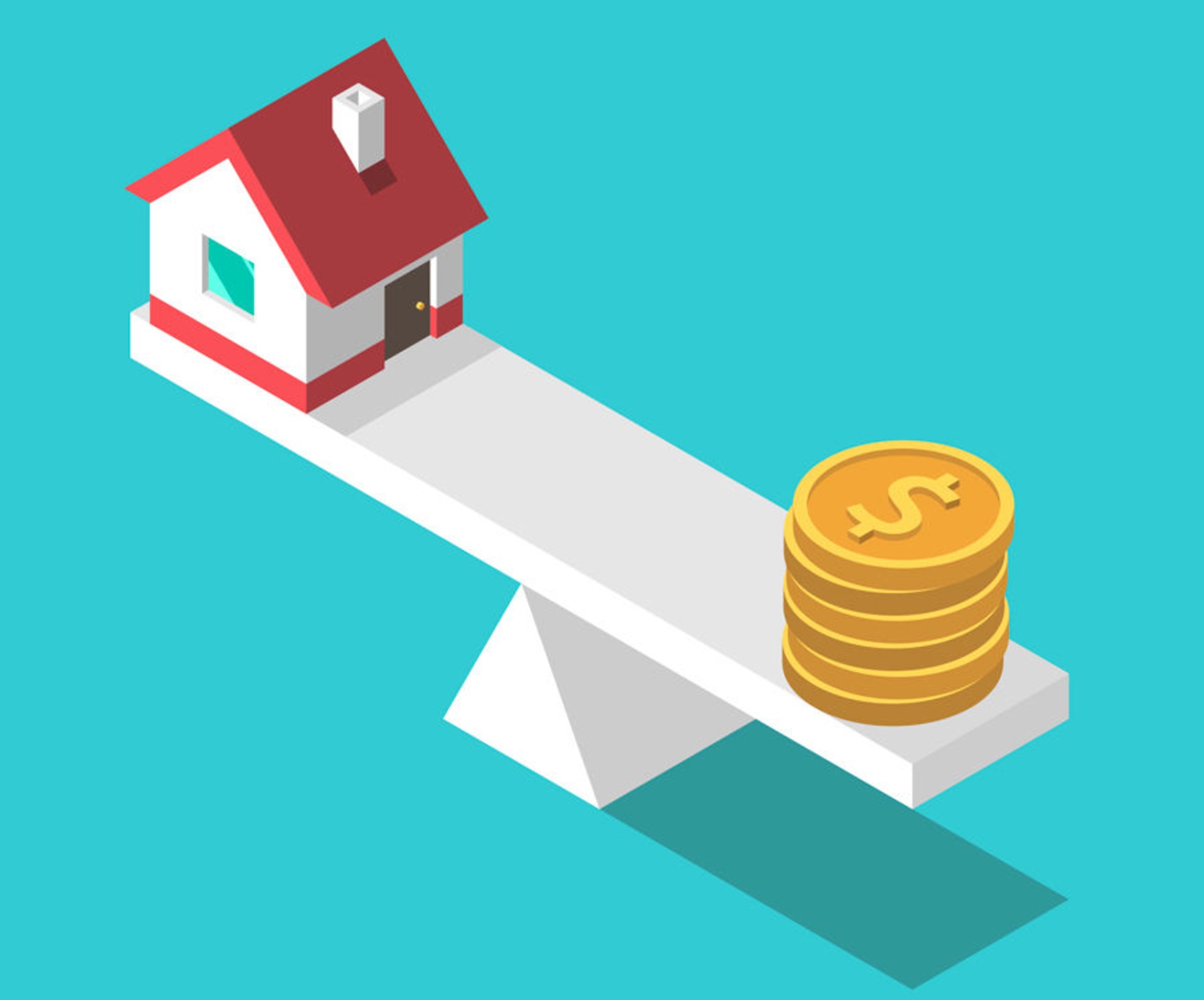Bank of Canada hikes rate to 5% as pandemic savings stymie inflation fight
14 Jul 2023
The Bank of Canada raised the key overnight interest rate by another 25 basis points to five per cent — its highest level since 2001 — as governor Tiff Macklem suggested residual pandemic savings have delayed the impact of efforts to rein in inflation.
The July 12 rate hike, the latest in a series of aggressive hikes that started in early 2022, came despite some easing in inflation including lower energy prices
“Inflation in Canada eased to 3.4 per cent in May, a substantial and welcome drop from its peak of 8.1 per cent last summer,” Macklem said.
However, he noted that the majority of goods in the consumer price index “basket” have continued to rise, some steeply.
“A little over half the components of the CPI basket, their prices are rising more than five per cent,” he said at a news conference after the rate announcement. “If you look across the basket, meat is up six per cent, bread is up 13 per cent, coffee is up eight per cent, baby food is up nine per cent … rent is up six per cent.”
Despite these increases, Canada’s economy has been stronger than expected with demand momentum and consumption growth “surprisingly strong at 5.8 per cent,” the bank said in commentary explaining the latest rate decision.
Macklem said that while many households have cut back on spending because of higher inflation and interest rates, others accumulated savings since the beginning of the COVID-19 pandemic that “may be acting as a buffer and supporting consumer spending.”
Another surprise was the housing market, which is particularly sensitive to rate increases, defying expectations by showing signs of picking up after a slowdown earlier this year. Moreover, the job market remains tight, with wage growth of between four and five per cent.
Macklem said the central bank is trying to strike a balance of doing enough but not too much with its monetary policy, and acknowledged that past rates hikes are still working their way through the system.
He said the bank’s governing council considered leaving rates unchanged this month to ease the burden of higher rates, but concluded that there was less risk in doing something now than waiting and having to take more aggressive action later.
“On balance, our assessment was the cost of delaying action was larger,” he said.
With the latest hike, the Bank of Canada projects that inflation will stay around three per cent for the next year, returning to the two per cent target by the middle of 2025. That is about six months later than the forecast the central bank made in April.
As the impacts of higher interest rates continue to work through the economy, the Bank of Canada expects economic growth to slow, averaging around one per cent through the second half of this year and the first half of next year. Growth is expected to pick up to 2.4 per cent in 2025.
However, Macklem said the bank is prepared to increase rates again if there are any surprises that stoke inflation and upend forecasts.
“We are prepared to increase our policy rate further. But we don’t want to do any more than we have to,” he said.
Philip Petursson, chief investment strategist at IG Wealth Management, said the next 12 to 18 months will reveal whether the additional rate hike was the right or wrong decision.
He noted that the central bank did not rule out further action, putting fresh pressure on borrowers with little clarity about the road ahead.
“Overall, the statement was neither overly hawkish nor dovish. Nonetheless, we wouldn’t take this rate hike to mean it is the last,” he said. “If the investors were looking for some form of certainty on the further path for rates, they didn’t get it today.”
But Rishi Sondhi, an economist at TD Bank, said incoming data could show enough weakness over the coming months to cause policymakers to put rate increases on hold.
“We’re already seeing signs that job markets are softening, with vacancies well below prior peaks, the unemployment rate on the rise, (and) wage growth beginning to moderate,” the economist wrote in a July 12 note.
However, he cautioned that there are risks.
“Should household spending prove more resilient than policymakers anticipate, this would offer a pathway to higher rates,” Sondhi wrote.
